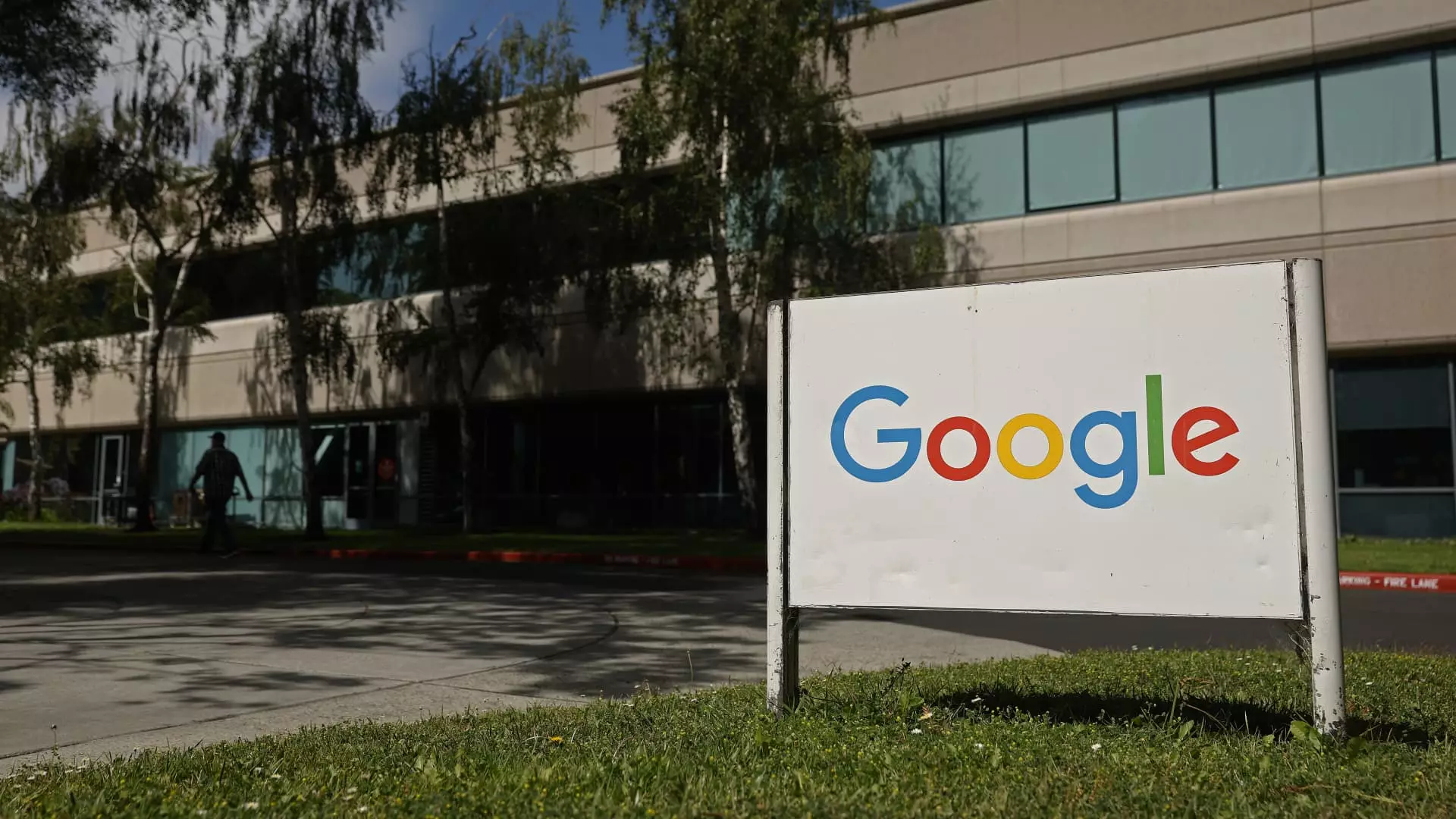Wall Street’s Illusion of AI Forever Growth: The Unrealized Risks of Overconfidence in Tech Giants

In recent weeks, the narrative surrounding artificial intelligence (AI) within the tech industry has shifted from cautious optimism to almost reckless exuberance. Alphabet’s latest earnings serve as a compelling (yet dangerously misleading) illustration of this trend. While the company’s robust second-quarter results seem to confirm the ongoing frenzy and heavy reinvestment in AI, they also mask the fundamental risks underpinning this relentless pursuit of dominance. Wall Street’s recent enthusiasm—evidenced by surging chip stocks and amplified investment forecasts—belies an unsettling reality. The core assumption underpinning the AI ‘arms race’ is that demand for AI products and infrastructure will grow exponentially and indefinitely. But history, and economic prudence, suggest this cannot be sustained without severe consequences.
The truth is, the current optimism is built on a fragile foundation of inflated expectations and unsustainable spending. Alphabet’s decision to raise capital expenditures by $10 billion—bringing its total AI and cloud investment to $85 billion—is not necessarily a sign of future success. It reflects a double-edged sword: a willingness to pour colossal amounts into a speculative bubble that remains largely unproven outside certain segments. This aggressive expansion, fueled by hype, risks inflating an AI bubble that might burst when the technological and practical limitations become apparent.
The Overhyped Nature of AI Investment
There’s an almost utopian belief that more spending automatically equates to market dominance and long-term profitability. However, such assumptions often overlook the fact that technological innovation is rarely linear or guaranteed. Alphabet, along with its peers, seems to think that sheer investment volume—$85 billion and counting—is equivalent to guaranteed victory in the AI race. This approach ignores the complexities of integration, user adoption, and actual value creation.
Furthermore, the reliance on AI as a catalyst for future revenue growth is overly optimistic. While second-quarter results showed impressive metrics—like accelerating cloud revenues and increased search paid clicks—the underlying question remains: how much of this growth is truly sustainable? Many of these gains are driven by limited use cases or early-stage adoption that could plateau. When investors believe that AI-driven growth will continue exponentially, they ignore potential saturation and the possibility of diminishing returns.
It’s also worth noting that the hype obscures the fact that many leading players are all racing toward the same point—creating a crowded and highly competitive market that is rife with overinvestment. The euphoria surrounding AI spending is reinforcing a cycle of optimism that may not align with actual technological breakthroughs or market realities. This disconnect between perception and reality echoes past bubbles—be it tech or other sectors—where overconfidence ultimately led to correction.
The Cost of Blind Investing and Potential Wastage
The massive capital outlays into AI and cloud infrastructure exemplify a broader trend of misguided investment. Alphabet’s increase in CAPEX, justified by “strong demand,” might be more reflective of management’s fear of falling behind than genuine market necessity. Such spending often leads to oversupply, redundant infrastructure, and ultimately, diminished returns. As demand eventually reaches a plateau—if not before—the colossal investments made with little tangible proof of ROI pose a substantial risk to shareholders and the broader market.
Additionally, the aggressive push for AI mastery is diverting resources from other vital areas—such as product quality, privacy safeguards, and user-centric innovation. This singular focus on AI as a growth engine risks neglecting the foundational elements that sustain a company’s long-term success. It is naïve to believe that the next iteration of AI or cloud services will thrive solely because of hefty investment; user trust, data integrity, and market reputation prove to be much harder-earned assets.
The inflated valuations of hardware suppliers like Nvidia, Broadcom, and AMD, driven by AI hype, also contribute to the risk. These stocks are priced in anticipation of an ever-expanding AI ecosystem, but overreliance on such expectations could lead to a sharp correction if AI adoption wavers or technological breakthroughs stall.
The Pitfalls of Centralized Tech Power and the Illusion of Continuity
A dangerous aspect of the current AI fervor is the concentration of power and capital within a few tech behemoths. Alphabet leads an oligopoly that leverages its dominant position to push AI investments further, reinforcing a cycle that favors big players at the expense of innovation diversity. This convergence breeds systemic risks, including monopolistic tendencies, reduced competition, and innovation stagnation. When huge companies like Alphabet double down on AI, smaller players or new entrants often struggle to compete, leading to a potential stagnation rather than a true spur of innovation.
Despite Wall Street’s cheerleading, the core issue remains—how much of this AI investment transforms into meaningful, user-centric solutions? The rapid increase in AI-focused spending could be a self-fulfilling prophecy, where optimism breeds further hope and investment but does little to address fundamental consumer needs. Without careful scrutiny and realistic expectations, this cycle risks creating a distorted view of the industry’s capabilities and future trajectory.
The danger is that markets are being driven by perception rather than performance. Once expectations inevitably outrun the actual technological progress, a correction becomes inevitable. The current narrative—highlighted by Alphabet’s aggressive ramp-up—may prove to be a house of cards: impressive on paper but fragile in practice, susceptible to shocks and realizations of limitations as the AI dream encounters real-world constraints.





